Sohini explains that Saint Sarah, a figure with contested origins, blends Celtic, Roman, Christian, and Romani traditions, embodying mystery and devotion, exclusively for Different Truths.
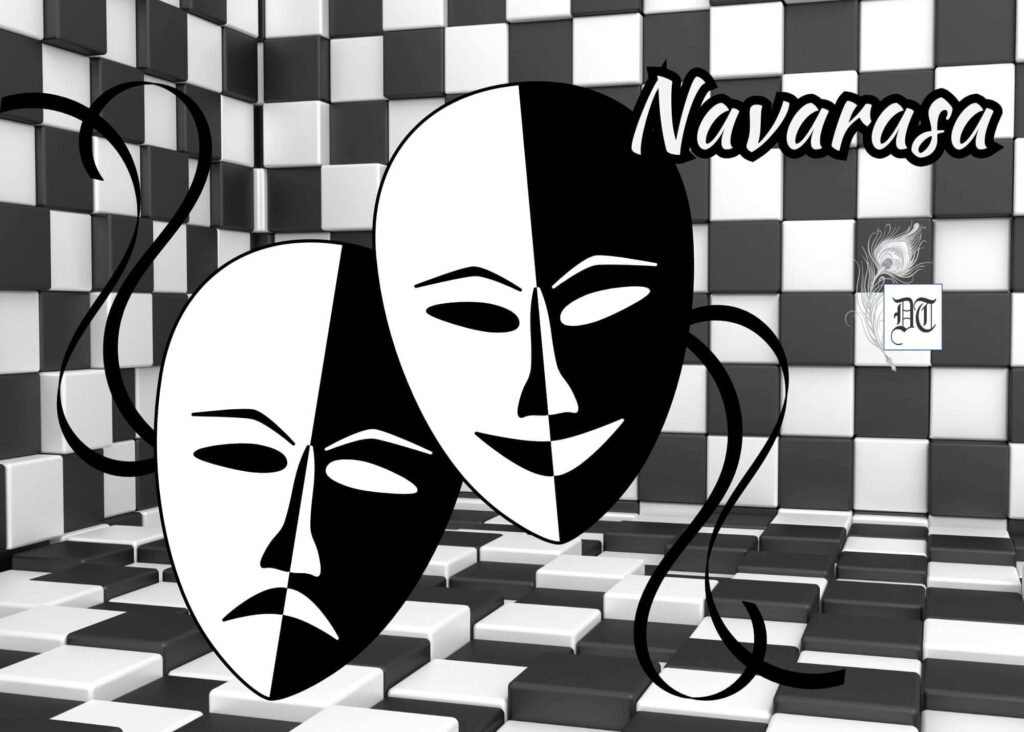
Maybe a bit of each of those above?
In many aspects, Santa Sarah can resemble the Hindu goddess, Kali. Fertility in the Celtic Iron Age; a goddess worshipped by Romans, Christians, and now the Romani; a myth from Christianity; a monthly economic boost for the French village of Les Saintes-Maries-de-la-Mer; a blessing for the Roma population of France and Spain….
The Romans had primarily invaded Southeastern Gaul around 121 B.C. because they desired safe, unobstructed approaches to the Iberian Peninsula. It was distant and agricultural (Southern Spain). Romans called the area Gallia Narbonensis then, with much cultural consideration, Provincia Nostra (literally, “our province”), which gave the area its contemporary French name of Provence. Massalia, a Greek colony, and Narbonne, a Roman city known for its rosemary blossom honey, were the two largest cities in the area. The locals were probably following a polytheistic religion that combined Roman and Celtic traditions from the Iron Age.
According to one legend, the two Marys—or three, depending on the version—who had stood at the foot of the cross and visited the tomb only to see the rock rolled back from the entrance had fled persecution in Israel during the early years of Christianity. These Marys were Mary Salome and Mary Jacobi/Cleopas. They travelled to the southern coasts of Gaul on a flimsy boat across the Mediterranean, surviving only on their faith. A stunning Egyptian woman with an ebony complexion lived in Gaul. She was allegedly a prophetess and the head of the nearby Gallic tribe. And this is where the legend starts:
“One of our people, Sara-la-Kali, had the first epiphany. She was born into an aristocratic family and oversaw her clan on the Rhone riverbank. She knew several secrets because of this enigmatic revelation. Tribes along the Rhone River worked with metals before trading with them. At that time, the Roma practised polytheism (following multiple gods), and once a year, they participated in a procession while carrying an Ischtari (Astarte) statue. With it, they crossed into the water in the pursuit of salvation.
“Sara-la-Kali once experienced a vision. She heard the cries for assistance from three pious women. Sarah didn’t think twice and sailed over to meet them. However, the sea was so violent that Sarah almost perished herself. She threw her clothing into the waves in panic since she had no idea which direction was better. By some miracle, it turned out to be a raft and assisted her in getting the three Marys to land. As a reward, the holy women baptised Sara and encouraged her to follow Christ.” – Franze de Ville’s ‘Traditions of the Roma in Belgium’.
This is not an exception to the rule that myths and tales are generally a disorienting web of interwoven threads. As you can see from the remark, the Roma (more commonly known as Gypsies), are the ones who tell this version of the narrative These nomadic peoples embraced Black Sarah possibly two or three centuries ago. It’s difficult to say because reports vary. It has been established through history and genetic research that the Roma originated in northern India.
Saint Sarah and Goddess Kali
The veneration they have for Sarah-la-Kali, or Saint Sarah as they name her, is said to have its roots in India’s devotion to the Hindu goddess Kali, but that seems doubtful. By all accounts, Saint Sarah is seen as a generous and kind Saint/Goddess, but Goddess Kali is not quite as amiable despite being a guardian. However, there is, undoubtedly, a connection between Black Sarah and some kind of paganism or fertility ceremonies.
Other accounts of the person the Roma refer to as Saint Sarah include those in which she served the Marys (the version that the Catholic church recognises; it should be noted that she is not a Catholic saint), and those in which she travelled around Gaul distributing charity to the poor. She was the protagonist of the tale I chose. May 24 is her holiday and pilgrimage day.
To celebrate their Black Sarah, Sara-la-Kali, or Saint Sarah, the Romani travel to the French village of Les Saintes-Maries-de-la-Mer. When people visit Sara, they do two ritual acts as part of their respect: putting and removing their hands from her skirts. Particularly women tenderly caress the statue and kiss the cuffs of her pleated skirts (Sarah never has only one skirt on her, the Romani women are always bringing them as a gift to her). The items they brought—handkerchiefs, silk underwear, and skirts—are then set down next to her.
Romani-Indian Connection
Finally, Sara is given possessions that belonged to the missing or the sick in the hopes that they may be found and recovered. This entire process has been practised before; it was seen among the Dravidians in northern India. Although the Church didn’t acknowledge this ceremony until 1935, the procession to the sea and symbolic immersion in it constitute the second portion of the annual Romani pilgrimage.
Sarah is connected to all the great fertility goddesses through the procession and the ocean thanks to the enchantment of submersion-induced rain, or at least the devout should be able to see and touch ‘their goddess’ at least once.
Just on the 24th and 25th of May, parents regularly baptise their kids in front of Kali Sarah since it has become customary. Young couples from all around the world travel to Sarah’s presence to exchange vows. When the appropriate moment comes, the men place Sarah on a horse-drawn cart (sometimes, two Sarahs are taken, one Catholic and the second Romani), and the never-ending procession begins to go through the streets. As it gets closer to the water, the anxiety increases. Sarah’s carriage first enters the water. Everyone jumps in after her as soon as her skirt’s hem contacts the water. They think that Sarah’s recently sanctified water will make them blessed.
What about this Saint Sarah?
There are numerous responses to this query:
1. The 1521 publication The Legend of the Saintes-Maries by Vincent Philippon is where Saint Sarah first appears. She is portrayed in this account of an older oral tradition as the Egyptian servant of Mary Magdalene and three other women who visited Jesus’ tomb the morning of his resurrection and brought spices for ablutions. Although Mark the evangelist refers to them as Salome and Mary the mother of James, the Provence residents refer to them as Marie Jacobé and Marie Salomé. Sarah is portrayed by Vincent Philippon as a charitable person who helped others by gathering alms. She became known as the Gypsy because of this behaviour.
Without mentioning Sarah, the tale of the ‘three Marys’ is told in a far older mediaeval tradition. The earliest Jewish persecution of Christians is discussed. At that time, the three ladies, along with Martha and Lazarus of Bethanie, were cast adrift in the Mediterranean Sea in a rickety little skiff without sails or oars, seemingly doomed to death. As the first Christ-cantered missionaries, they nevertheless arrived in France unharmed thanks to God’s will. Their original landing place is today known as Les-Saintes-Maries-de-la-Mer. The other two Marys (as well as Sarah) stayed behind while Mary Magdalene continued to evangelise Marseille.
2. Sarah was transformed into a French Gypsy princess who was educated in the occult knowledge of her people when the Gypsies adopted the idea that she was one of them. One day, Sarah experienced visions telling her that she needed to assist the saints who had witnessed Jesus’ death when they arrived. She soon saw them approach in a boat battling a choppy sea. She flung her cloak into the waters, and by the strength of her prayer, it transformed into a raft that she used to assist the saints in making it safely to land. She quickly became their first French convert.
3. According to still another tale, Sarah, the daughter of Jesus and Mary Magdalene was whose sacred blood was carried by the three Marys as they travelled to France following Jesus’ ascension into heaven. (Other myths akin to this one refer to the kid as St. Michael.)
4. According to some, Kali, the Hindu goddess of death, is a version of Sara la Kali. Given that the Gypsies themselves are descended from Indians, this makes sense. In both Romani, a language still used by many European Gypsies, and Sanskrit, Kali denotes black. Kali was possibly concealed in Sarah’s story, another tale of the holy feminine, to please the Catholic Church. The Gypsies had no business informing the clergy that they kept their goddess of death and destruction in their cellar. Since the gipsies vehemently reject this interpretation, one can only hypothesise an unintentional link between their contemporary celebration of Sara la Kali as their mother and their ancestors’ devotion to Mother Kali in India. I would opine that all veneration of the Black Madonna is influenced by the same underlying continuity of the Dark Mother concept. It doesn’t really matter whether past Dark Mothers were known as Kali, Cybele, Artemis, or any other name in this context. The fact that the archetype contains something we still require is what is important.
5. I prayed and pondered at Sara la Kali’s feet in 2006 and questioned her, “Who are you?” I will not answer that question, was the response, delivered with a slightly irate determination? Then I understood that the black feminine is meant to occupy the area of unmarked mystery at the centre of the white Church, a region that is to remain devoid of any conceptions and free of haughty assertions such, “I know the truth about her, and you’d better listen to me!” According to the Gypsies, they revered the goddess Ishtari or Astarte during Sarah’s lifetime. They would carry a statue of her into the sea once a year to get its blessings. A large group of local Catholics, tourists, and European Roma come on May 24–25 each year to process the sculptures of Saints Sarah, Mary Salome, and Mary Jacob into the waters and back to their church. The Gypsies didn’t have permission to immerse their queen in the sea until 1935. It is an age-old tradition in many civilizations to bathe sacred objects. The Romans bathed their river goddess Cybele once a year.
Many cultures even today immerse their sacred objects in the water, including non-Christians in the Philippines, who wash idols in blood, Buddhists who bathe the young Buddha in tea on his birthday, and Hindus who immerse their goddess, Durga. Until recently, certain Christian communities would use wine to symbolise Christ’s blood on Good Friday to bathe Mary statues.
Holy Healing Stone
All these customs most likely date back to the beginning of civilisations, when a god-like stone was covered in the blood of sacrificed animals. A crypt was partially excavated in 1448 at the request of the King of Provence, who discovered the remains of Marie Jacobé and Marie Salomé as well as a holy healing stone known as ‘the pillow of the saints.’ The relics are now in the procession with Sarah and the two Marys.
Picture design by Anumita Roy

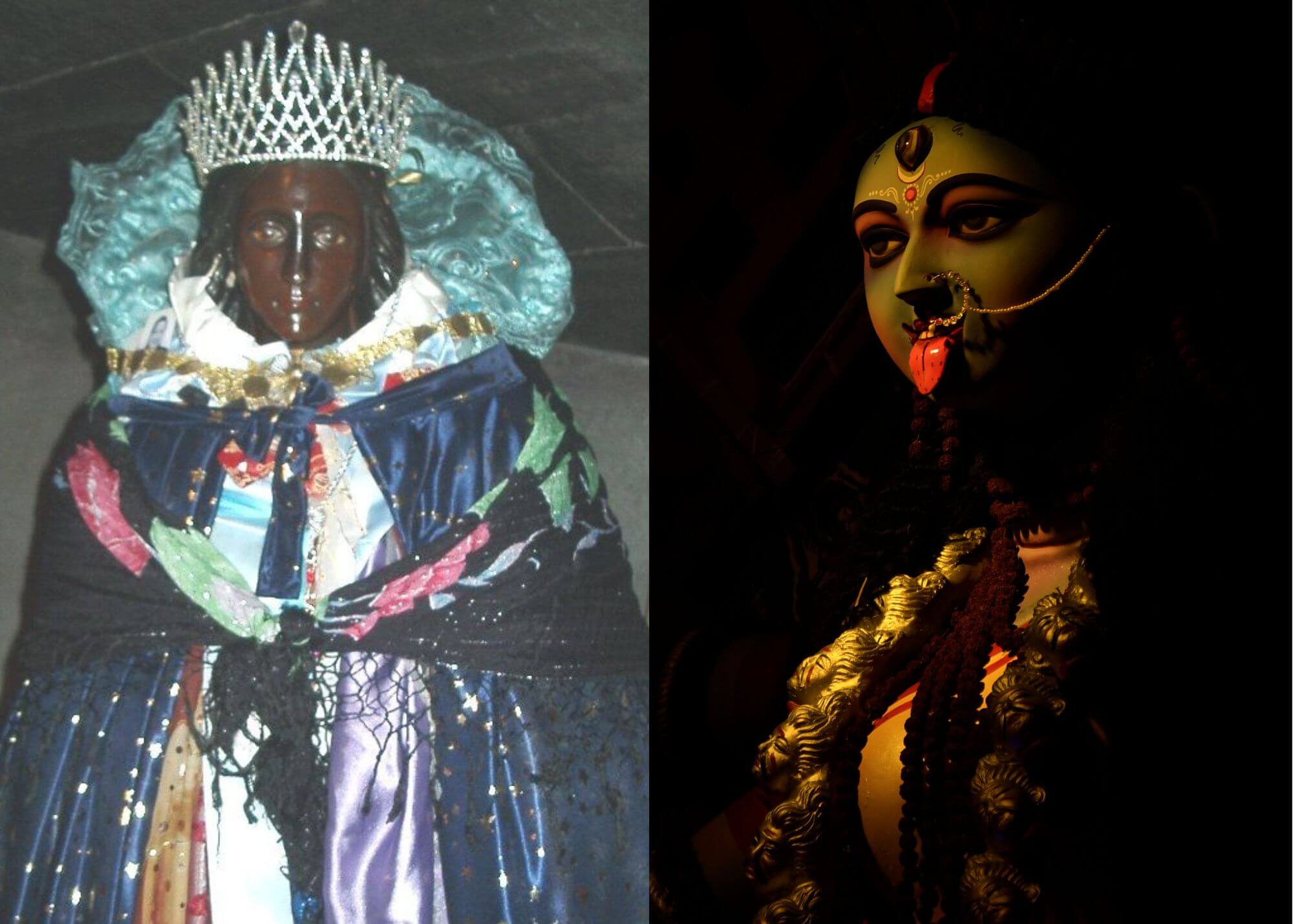


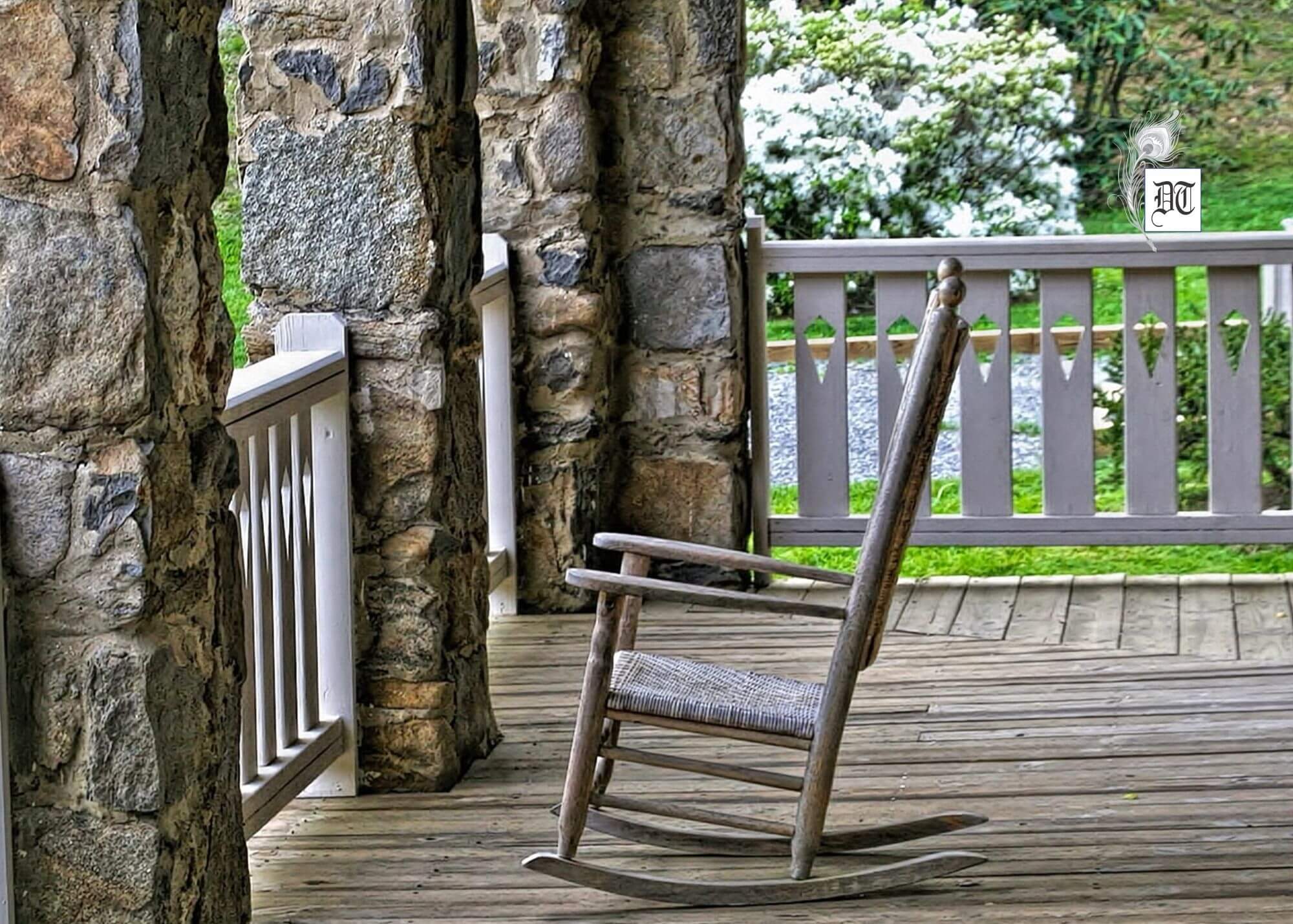
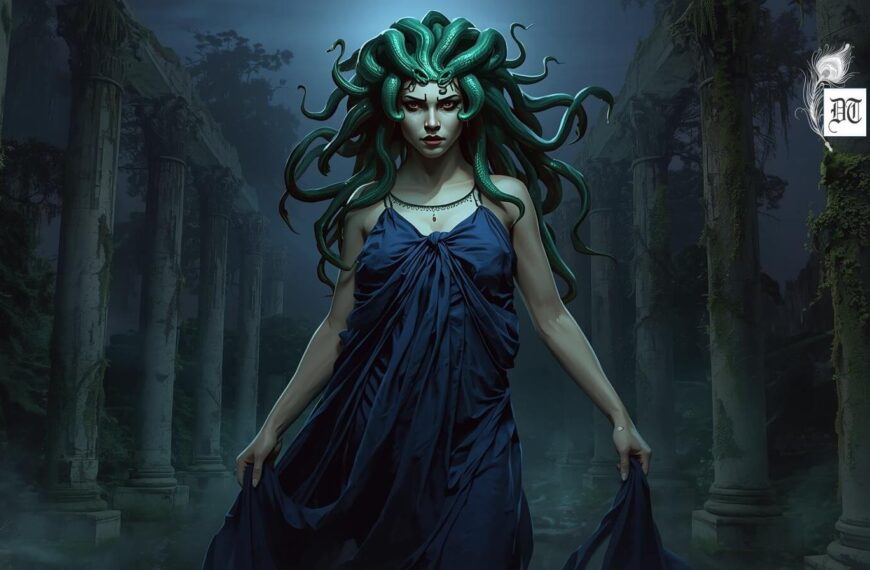
 By
By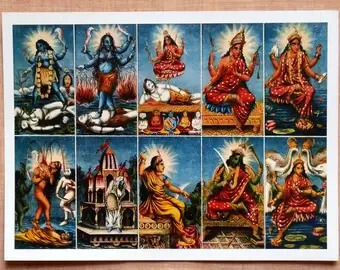
 By
By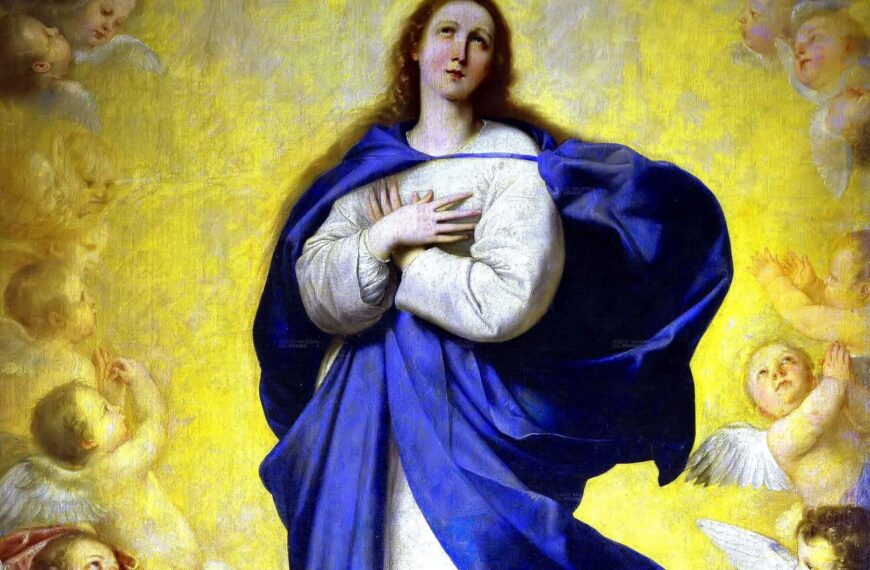
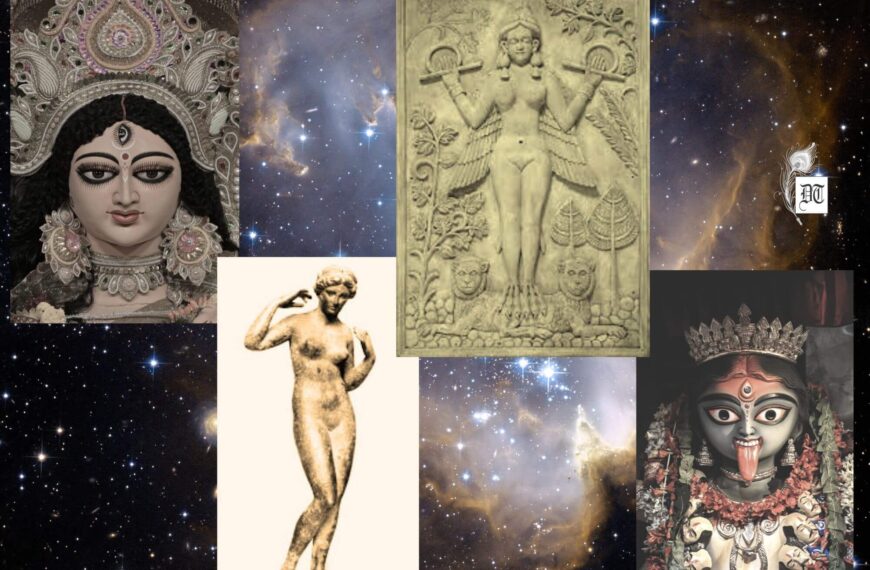
 By
By